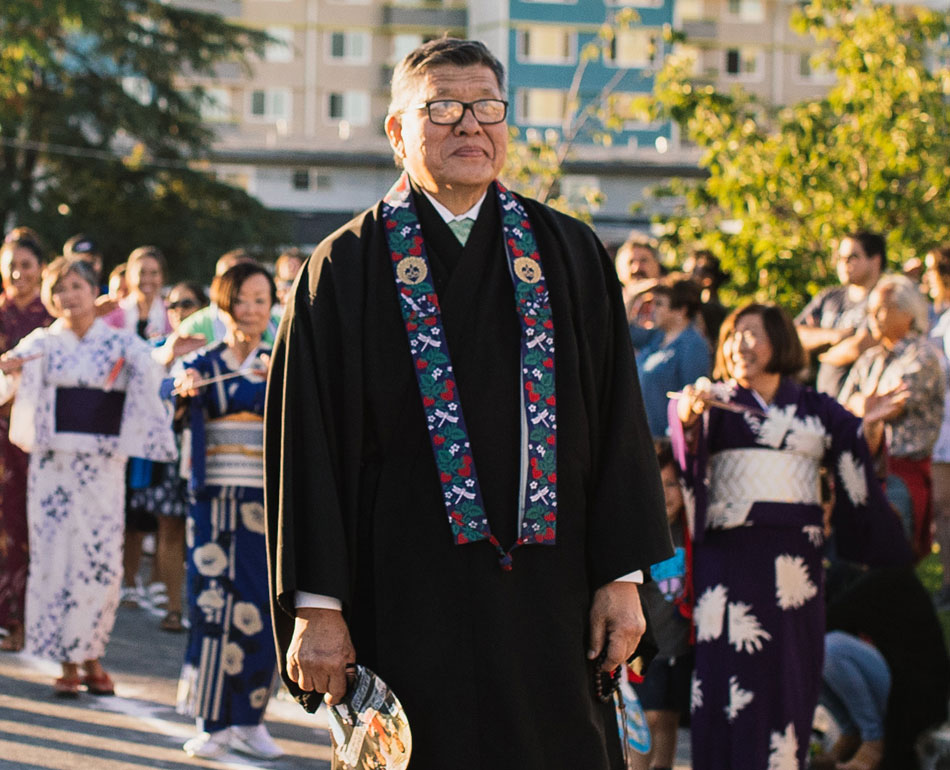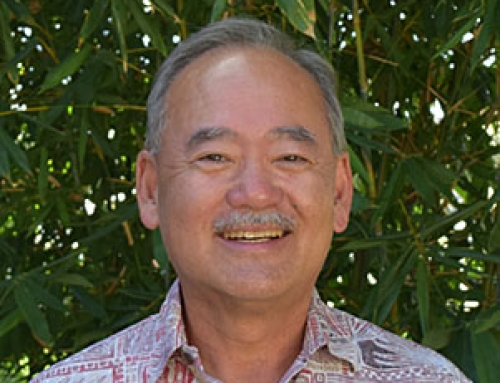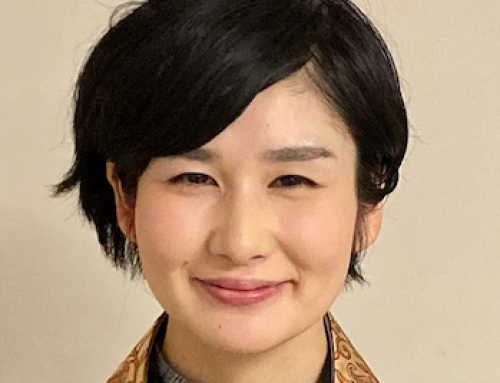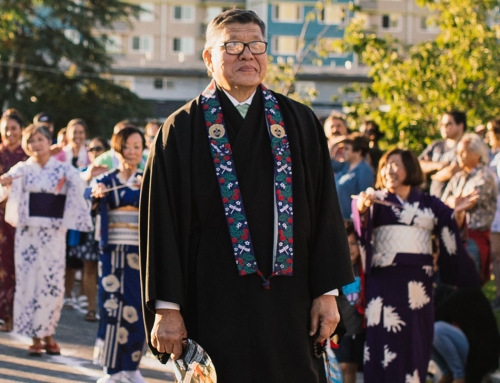September and March are the months during which we observe Ohigan. Higan is the other shore opposite from where we are in shigan, this shore. Ohigan is a time when we think about the relationship of higan and shigan and how we might move from this shore to the other shore.
Ohigan is a Buddhist activity unique to Japan. Emperor Shomu (701 – 756) is thought to have started this practice. Shomu was a very Buddhist emperor. This may not seem odd unless we consider that Shomu was, as were all Japanese emperors, a Shinto deity. But even with emperors before him, Buddhism had an important influence. From the time of Prince Shotoku (574 – 622), Buddhism was a part of the imperial household. Shomu built the kokubunji system where a temple and nunnery was built in each of 60 provinces. These temples were directly connected to and governed by Todaiji in Nara. It was in Nara that Shomu built the great Daibutsu that is housed in Todaiji. The construction of Todaiji was so costly that the project nearly bankrupted Japan. When it was completed an opening ceremony was held that brought representatives from China and India. The Todaiji that we know today is actually smaller than the original that was destroyed in war and rebuilt. With this relationship of Shomu to Buddhism it is plausible that he established Ohigan.
Ohigan was observed over a seven day period. At both the spring and fall equinox for three days before the equinox and three days after the equinox consideration was given to our life here in shigan and how we might reach higan. The Six Paramita was the prescribed means. Even today, as it was in the time of Shomu, the practice of the Six Paramita is the focus at Ohigan. Some traditions observe Ten Paramita; Dana (generosity), Sila (discipline), Ksanti (patience), Virya (effort), Dhyana (concentration), Prajna (wisdom), Upaya (skillful means), Pranidhana (aspiration), Bala (spiritual power) and Jnana (knowledge). We observe the first six.
In Jodo Shinshu to observe the Six Paramita makes no sense. It’s somewhat like how we think about the Eightfold Path. Both of these practices are means with which we move from unenlightenment (shigan, samsara) to enlightenment ( higan, nirvana). These are activities we engage in to modify behavior with the intent of cultivating the mind free from prejudices. We should all try to do this. But by holding up the practice of the Six Paramita and the Eightfold Path as examples of good behavior we begin to cultivate a mind that prefers one thing to another. An example might be, when I think about Dana, am I being generous or am I not being generous. The path itself generates the idea of beginning and end, is and is not, on and off. I’m not trying to be philosophically complex but a practice, any practice, implies a beginning state and an end state, where you start and where you want to be. This causes preferences, where I am and where I want to be. When there are preferences there is opportunity for prejudices. Prejudices can result in difficulties.
If we practicesthe Six Paramita and the Eightfold Path in Jodo Shinshu it might be to help me recognize and acknowledge my inability to perfect these practices. But most importantly that even if I am absolutely incapable of following these practices I am still assured of Ohigan by Amida Buddha. I am changed from weighting my success and failures to expressing gratitude for all that I experience.




